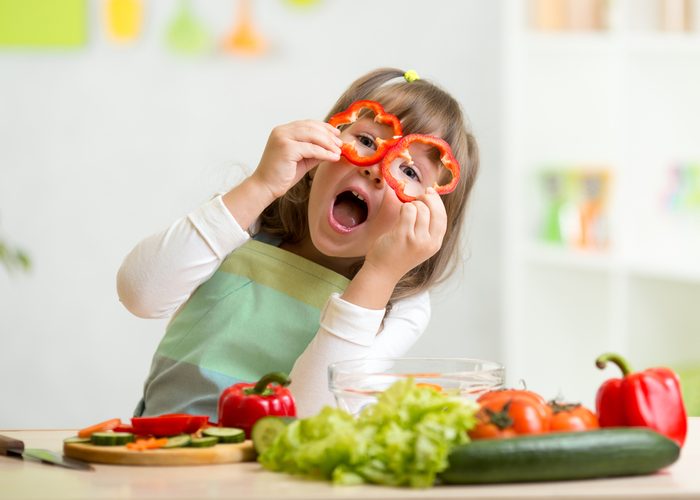
Superfoods For Kids
For optimal growth, kids need a variety of nutritious foods. Encourage healthful munching by providing a range of choices from Canada’s Food Guide each day. Not only does this boost nutrition, but it sows the seeds for kids to eat well later in life, says Lee Rysdale, registered dietitian and co-ordinator of NutriSTEP, a pre-school nutrition screening program used by healthcare professionals and in communities.
“The sooner the habits are formed, the better. When foods are offered at an early age, we tend to see better eaters,” says Rysdale, adding that if kids refuse a new food at first, try offering it again another day; it may take as many as 15 tries before they’ll sample it.
With help from the experts, we’ve rounded up seven easy-to-prepare foods that can add both vitamins and variety to your child’s diet.
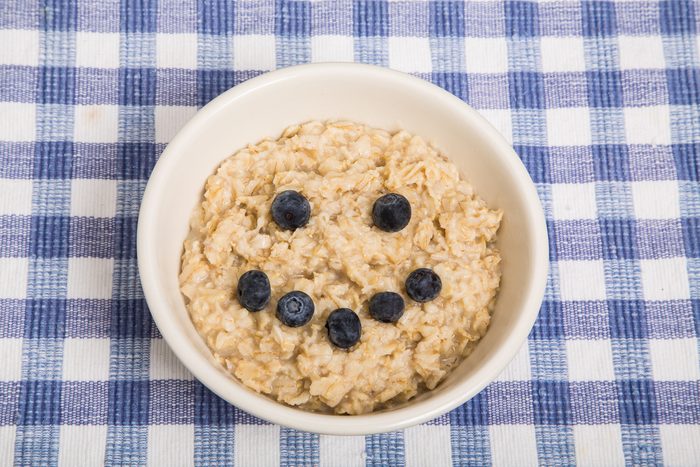
Oatmeal
Oatmeal is a healthy breakfast choice for kids because, unlike many boxed cereals, it’s low in sugar, high in fibre, and free of artificial ingredients. “Oatmeal has been shown to keep people alert longer and keep blood glucose stable longer, [which helps] for learning at school,” says Edie Shaw-Ewald, a registered dietitian in Nova Scotia. “It has also been found to be good for the mood.”
In addition to B vitamins, this humble whole grain contains compounds called beta-glucans, which are linked to lower blood cholesterol and reduced risk for heart disease.
Serve oatmeal with milk or yogurt, topped with fruit. You can also purée uncooked oats into a smoothie or cream-of-broccoli soup, or use them in baking.
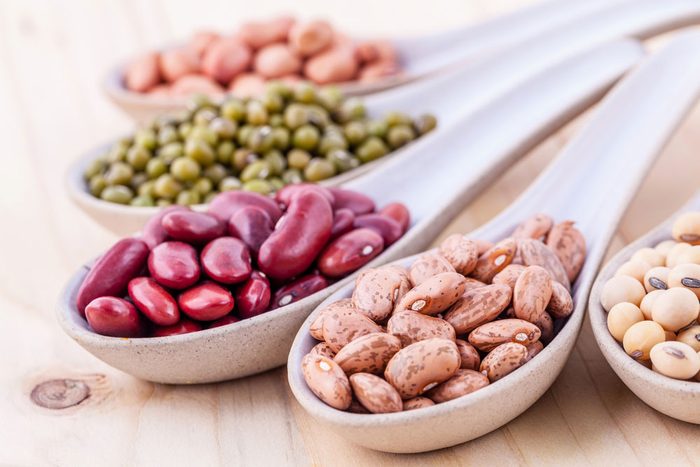
Beans and Lentils
“Beans and lentils are really great for kids,” says Shaw-Ewald. “They’re high in fibre and release glucose slowly, which stabilizes mood and energy. And they have fibre, which helps with regularity. Kids don’t tend to get a lot of fibre in their diet.”
Beans and lentils are good alternatives to meat as sources of protein, she adds. “Protein is important for growth and development, and wound healing. It also helps you feel full.”
Buy inexpensive dried beans and lentils in bags or in bulk, or even pre-cooked and canned (rinse to reduce the sodium). Try them plain, puréed or mashed, or add them to soups, stews and pasta sauce. They also star in kid-friendly favourites like veggie burgers and burritos.

Eggs
“Eggs are an important food to include in a child’s diet. They contain choline, a nutrient that’s really important for brain development,” says Shaw-Ewald. “They’re also a good source of zinc and an excellent source of protein.”
Eggs are easy to make and incredibly versatile. Serve them for any meal or snack-try a frittata, an omelette, huevos rancheros or French toast, or simply offer eggs on their own. (Remember: Don’t give egg whites to babies under the age of one, to avoid an allergic reaction.)
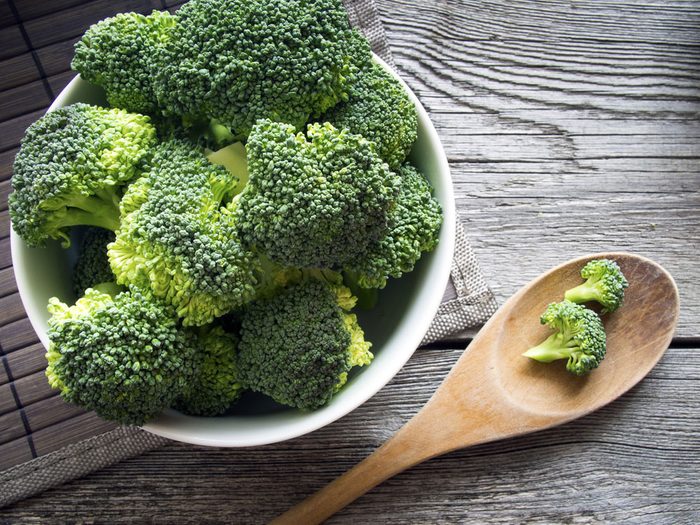
Dark-Green and Orange Veggies
When it comes to choosing vegetables, go for bright and bold. “The Food Guide recommends at least one dark-green vegetable and one orange vegetable daily, for everyone,” says Rysdale.
Help kids go green by offering broccoli, green beans and bok choy. For orange, try carrots and sweet potatoes, both loaded with beta-carotene (a key nutrient for eye and skin health). Each day, aim for four servings of veggies and fruit for kids aged two to three; five servings for kids aged four to eight; and six servings for kids aged nine to 13.
Buy fresh veggies when they’re in season, and reach for frozen at other times-they’re just as nutritious. Prepare them with little or no added fat, salt or sugar, and preserve nutrients by steaming vegetables lightly rather than boiling for a long time.
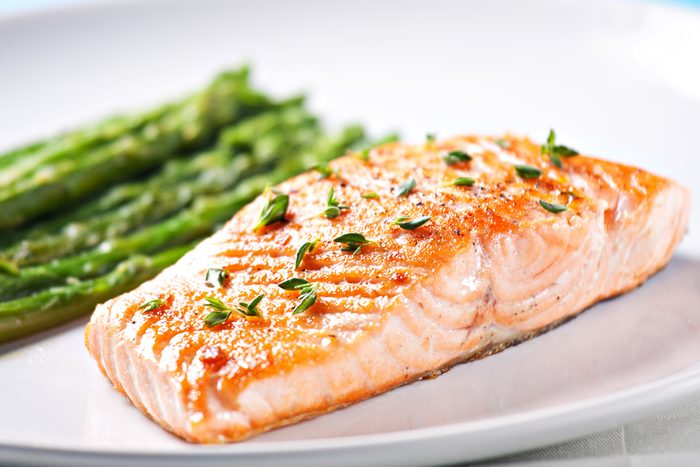
Salmon
Salmon offers omega-3 fats for healthy eyesight and brain development in children. According to EatRight Ontario, kids should have at least two Food Guide servings of omega-3-rich fatty fish, such as salmon, herring and mackerel, per week. “A serving is three ounces, or about the size of a deck of cards,” says Shaw-Ewald.
Canned salmon is a convenient option. Shaw-Ewald recommends making salmon patties, or mixing salmon with pasta and peas for a delicious supper.
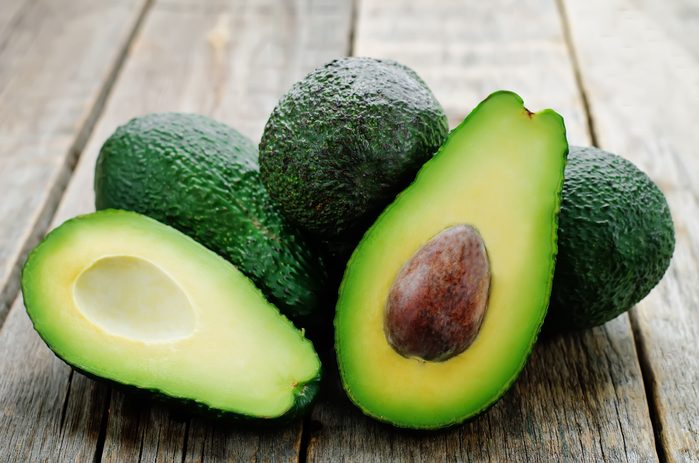
Avocados
Avocados are a source of monounsaturated fat, a healthy type of fat that is important for kids’ growth, including brain development and eye health, according to Alberta Health Services.
There are many ways for kids to enjoy this creamy, mild-tasting fruit, says Shaw-Ewald: Mash it up (ideal for babies), spread it on toast, add it to sandwiches and salads, or blend it into smoothies. And, of course, you can make a tasty guacamole!
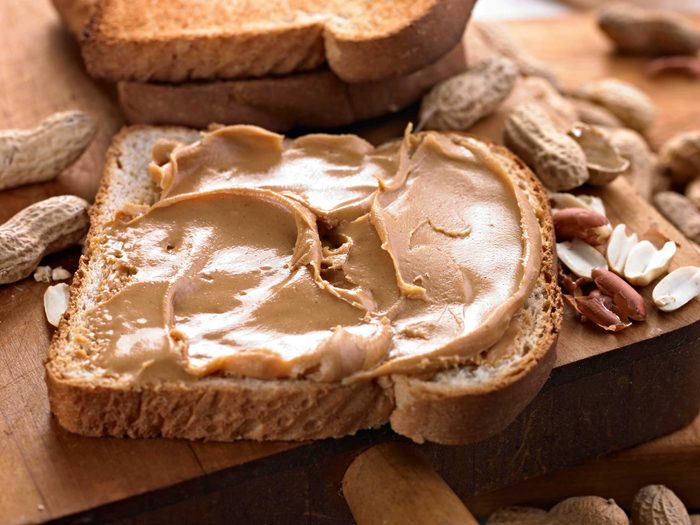
Nut Butters
Think beyond the peanut butter jar! Grocery stores also offer almond, cashew and blended nut butters. They’re good sources of protein, iron and zinc, contain healthy monounsaturated fat, and have a long shelf life. They’re also considered a good alternative to meat.
Read food labels to avoid products loaded with sugar-the more natural the nut butter, the better. Nut butters are high in calories, so don’t overdo it-one serving is two tablespoons. Also, remember that kids should enjoy this treat at home, not at school, to avoid harming classmates with nut allergies.
Related:
• Should You Put Your Child On A Diet?
• 4 Healthy, Nut-Free Snacks Your Kid Will Love
• How to Keep Your Family Fit
